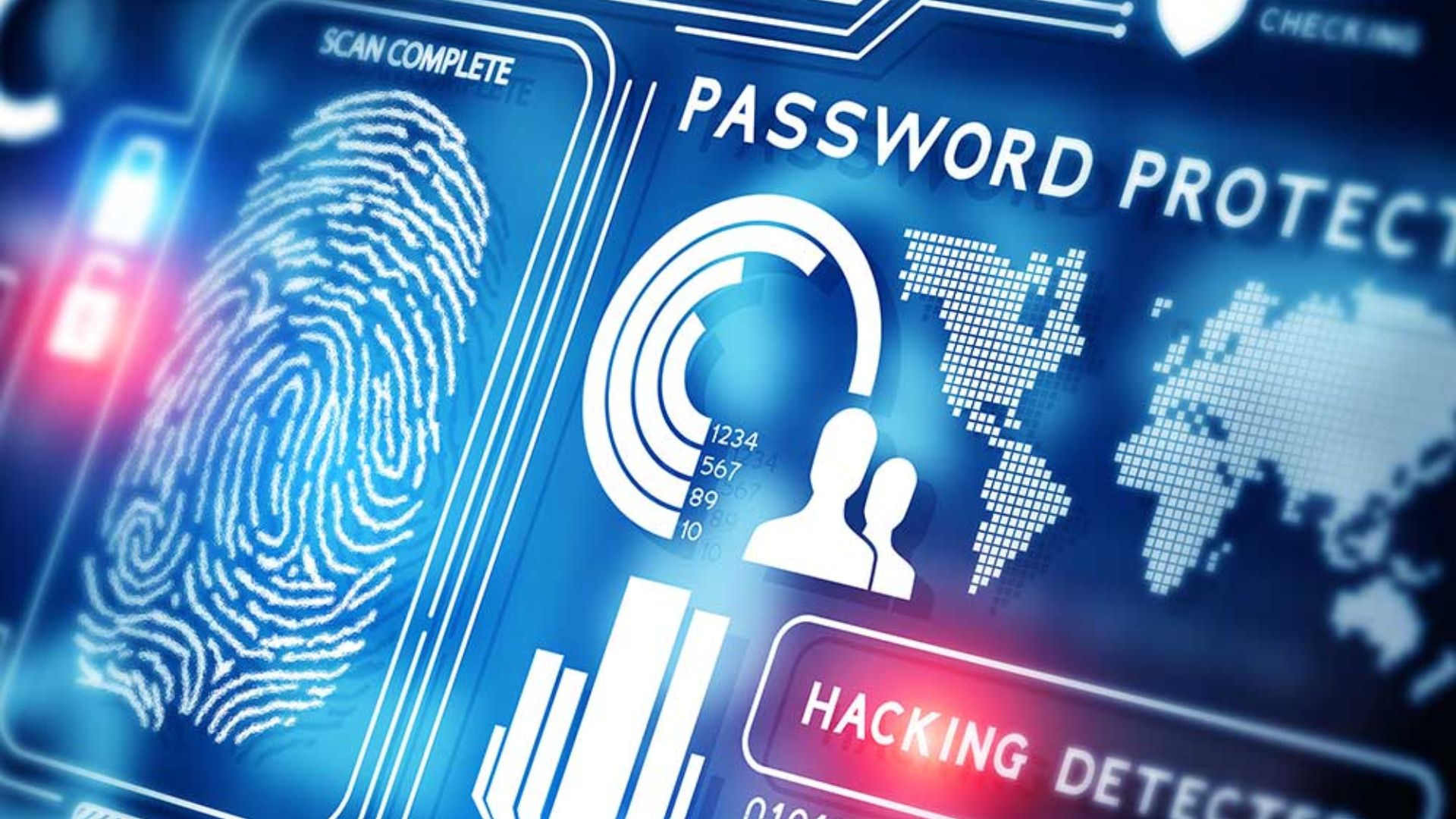
In today’s digital world, the banking sector is facing a few challenges in safeguarding confidential financial data from hackers. For them to safeguard themselves and their clients, bankers must protect themselves with strong cybersecurity safeguards due to the growing complexity of hackers and cybercriminals. In this article, we will discuss certain guidelines that bankers can keep in mind for strengthening their safety measures. It would help them to stay clear of the risky scenarios possible with these online threats.
Recognizing the Cyber-Threat Landscape
The field of cybersecurity is extensive and changing, presenting a variety of risks to banking experts. There are several risks such as viruses, hacking for the breach of information or insider threats. Bankers must stay updated with developing trends so that they can reduce the risks associated and become aware of these concerns.
Here are a few important Cybersecurity Guidelines for Bankers:
- Strong Password Control: The initial layer of protection against unauthorized access is a password. Every account holder must set a different, complicated password that is updated regularly by bankers. Putting multi-factor authentication into action increases the security bar.
- Employee Training and Awareness: One of cybersecurity’s weakest points is still human error. It is important to provide training to identify the attempts made for hacking and make them aware of safe browsing practices so that one can have a secure culture within the firm.
- Secure Network Infrastructure: To ensure the security of their networks and safeguard sensitive data while it is in transit, banks should make investments in strong firewall systems, attack detection/prevention systems, and encryption techniques.
- Frequent application Updates and Patch Management: Patching weaknesses in security that cybercriminals frequently take advantage of necessitates keeping applications and operating systems up to date.
- Data Encryption and Data Loss Prevention (DLP): To add layer of security against unwanted access one must encrypt confidential information while it’s in transit or at rest. By putting DLP solutions into place, sensitive information theft can be tracked and stopped.
- Vendor Risk Management: For a variety of services, banks often rely on third-party suppliers. To stop supply-chain harm, it’s important to assess these vendors’ safety records and make sure they follow strict security guidelines.
- Incident Response Planning: Security incidents are still possible even with strong preventive measures in place. The execution of a clearly defined incident handling method helps the prompt detection, protection, and management of security breaches by banks.
Adopting a proactive approach to cybersecurity
Bankers need to take proactive measures when it comes to cybersecurity by regularly carrying out risk evaluations, keeping a watch for possible risks, and enhancing safety measures to meet the needs of evolving risks.
Cooperation and Exchange of Information
Effectively tackling cyber threats requires cooperation between banks, regulatory authorities, and law enforcement agencies. It is a team effort to make the industry safer by involving the exchange of information and the best practices which are to be adopted in different scenarios.
Summary
Bankers play an important role as custodians of our financial assets by protecting us against those cyber threats. One must build strong regulations on cybersecurity, adopt ethical practices and maintain cooperative partnership so that bankers can protect and safeguard the security of the financial system, as well as of their clients, and themselves.

